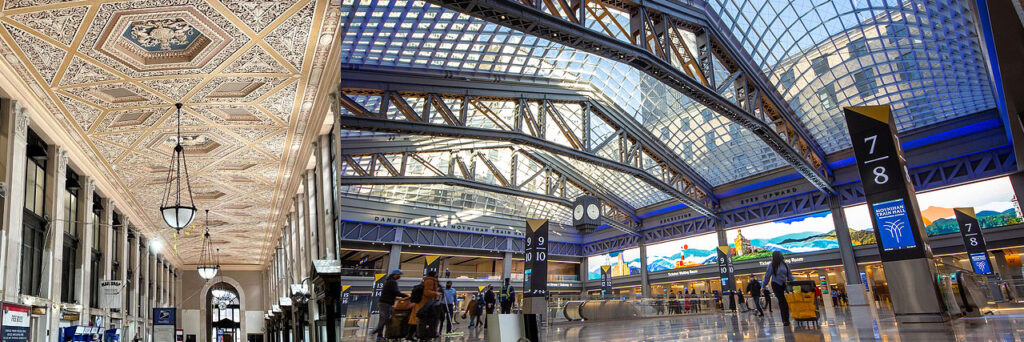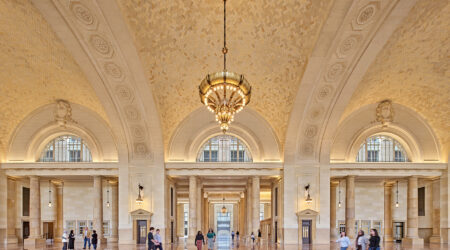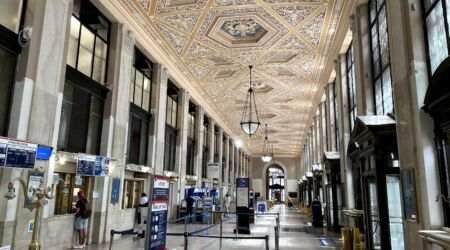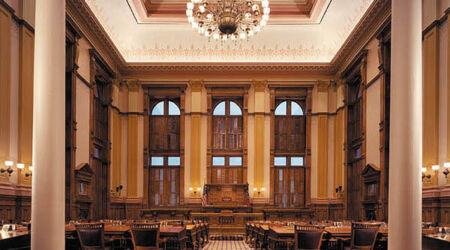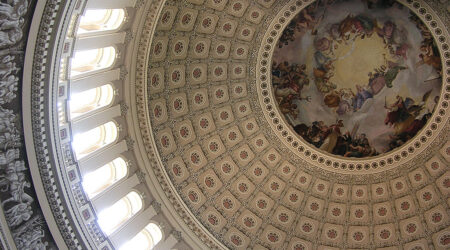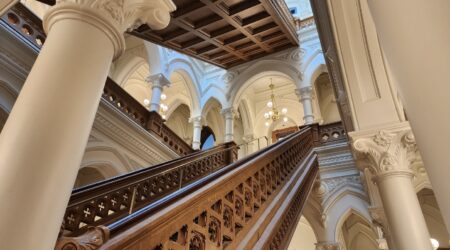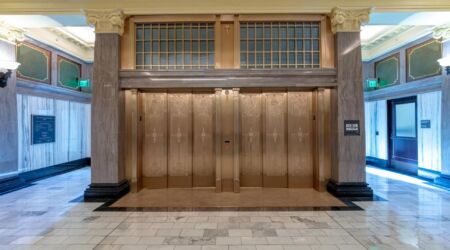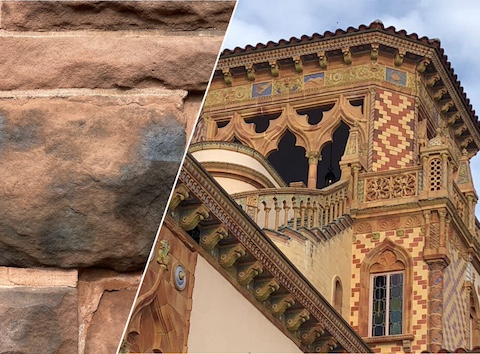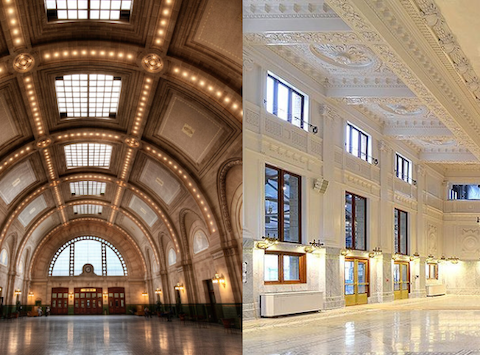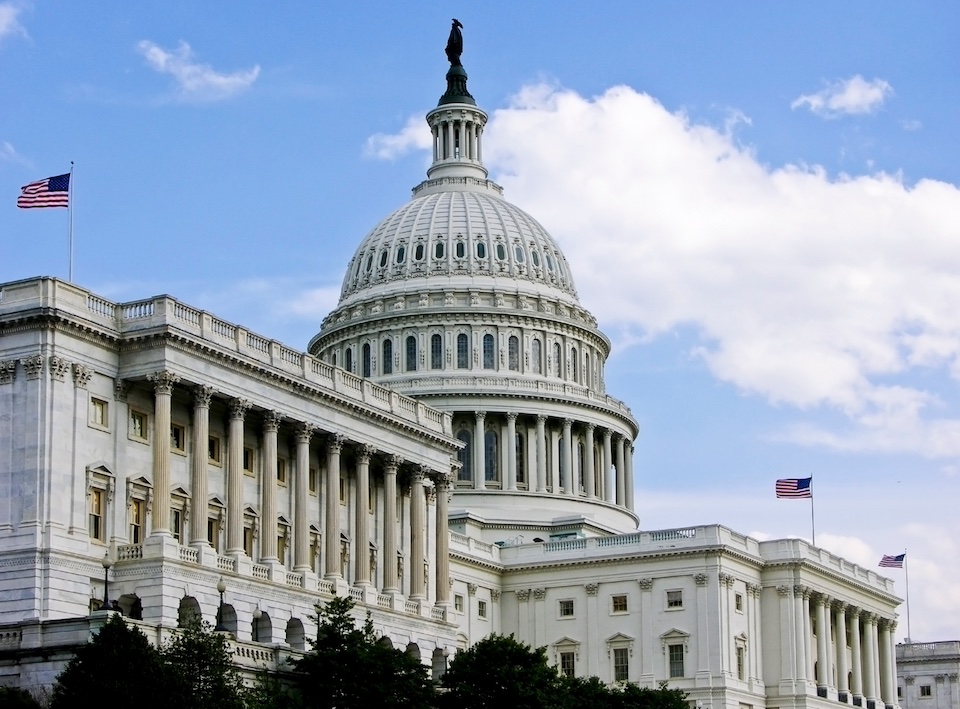While infrastructure modernization and historic preservation might seem like conflicting endeavors, they are actually powerful allies in urban renewal and community development.
Both initiatives share a profound commitment to revitalizing communities, enhancing quality of life, and stimulating economic growth. Smart preservation represents a sophisticated approach that bridges the gap between honoring a city’s architectural heritage and meeting contemporary functional needs.
This innovative approach goes beyond mere conservation. It thoughtfully integrates modern engineering with architectural heritage, creating spaces that are simultaneously respectful of history and responsive to modern needs. By reimagining historic structures through a lens of sustainability and functionality, communities can preserve their cultural identity while embracing technological progress. The benefits of smart preservation are diverse:
- Cultural continuity is maintained through the careful restoration of meaningful landmarks.
- Environmental sustainability is advanced by reducing demolition waste and embodied carbon.
- Economic vitality is sparked by transforming historic spaces into vibrant, adaptive environments.
- Community pride is reinforced by maintaining architectural narratives that connect generations.
Retention and adaptive reuse are no longer peripheral or idealistic concepts—they are integral parts of responsible urban planning. These approaches demonstrate that preservation is not about freezing time, but about creating spaces that honor the past while dynamically serving present and future needs.
Collaborating with EverGreene opens up new opportunities for restoration and modernization, delivering impressive, cost-effective, and environmentally friendly results.
For over 40 years, EverGreene has partnered with contractors, developers, and architects to preserve many of America’s most significant treasures. Our clients and partners rely on our design and problem solving capabilities, diverse expertise, and quality craftsmanship when repurposing historic structures, integrating modern amenities into historic spaces, and preserving original art.
